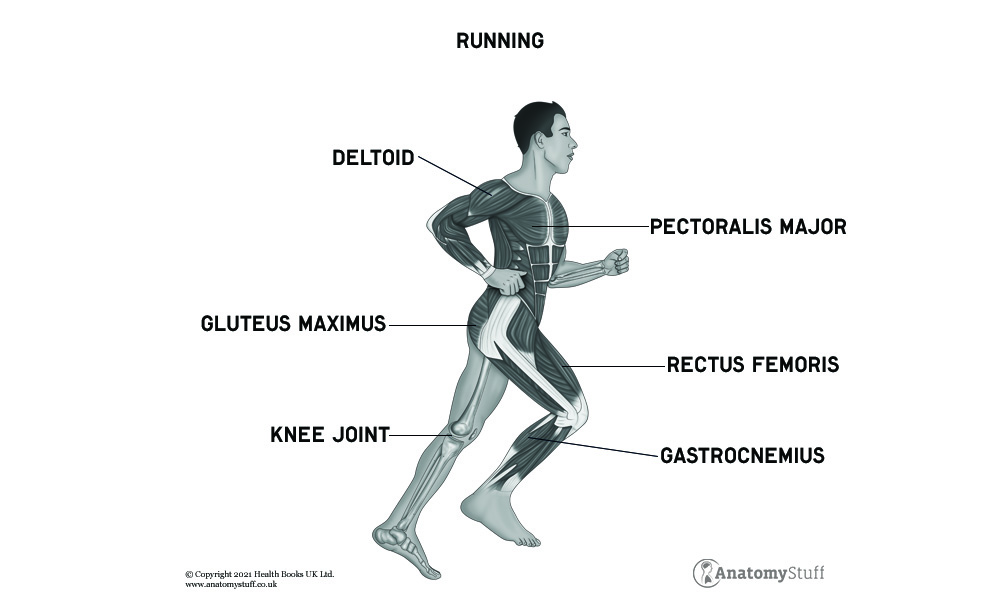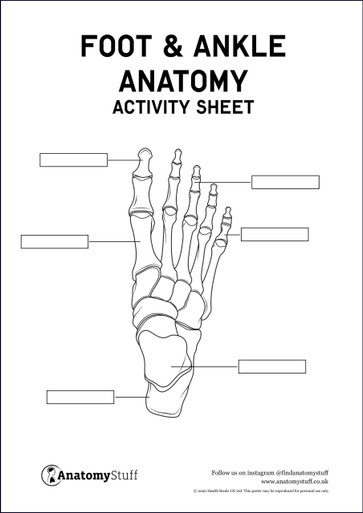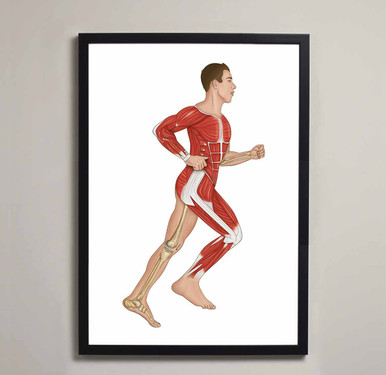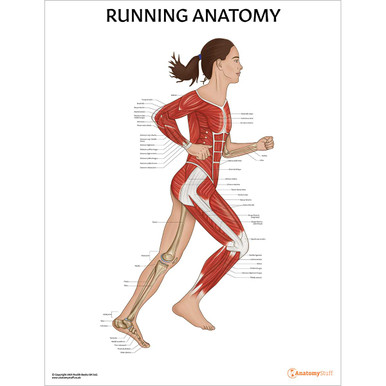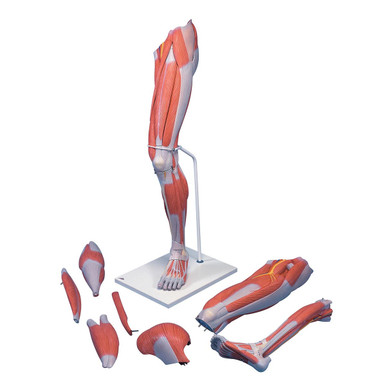Running Anatomy
How do humans run? Is it a faster version of walking, or is there any particular form for running? These are the questions that arise in the mind of any runner and are essential to know to improve your gait cycle and efficiency, leading to a lower chance of causing injury in case of reckless running. The anatomy of running, including the different muscles and joints involved, will be discussed here.
What is the Running Gait Cycle?
Running is similar to waking in terms of locomotor activity, but there are some key differences. A person being able to walk does not mean that they can also run, as running requires more speed, stamina and strength. Running requires muscle strength, and greater joint range of movement, as well as greater balance because there is a period of double support in walking that is not present when running. Also, running adds a period of double float, in which both your feet are off-ground, and you are not getting any support surface, this is called float time. This float time increases with the runner’s speed, and with that speed, the muscles must produce more energy to elevate the head, arms, and trunk (HAT) higher than in normal walking, they must also support HAT during the gait cycle. These joints and muscles must also be able to absorb increased energy and control the weight of the HAT.
What are the muscles involved in running?
Running requires powerful muscle activity and high force generation to lift and move the body at speed. The following muscles play a part in running:
• The gluteus maximus and gluteus medius are active at the beginning of the stance phase and the end of the swing phase.
• The tensor fascia latae (TFL) is active at the beginning of the stance phase, at the ending of the swing phase, and in between early and mid-swing.
• The adductor magnus, in about 25% of the cycle from late stance to the early part of the swing phase.
• The iliopsoas is active during the swing phase for 35-60% of the cycle, while quadriceps work eccentrically for the initial 10% stance phase. The iliopsoas controls knee flexion and becomes inactive after the first part of the stance phase until the last 20% swing phase. After that, it also plays its role in extending the knee for heel strike.
• At the beginning of the stance phase and throughout much of the swing phase, medial hamstrings become active and play their role in extending the hip and controlling the knee through a concentric contraction.
• The gastrocnemius becomes active after loading at heel strike till 15% of the gait cycle and then restarts its activity in the last 15% of the swing phase.
• The tibialis anterior is active in both the stance and swing phase of running. It enables the foot to clear the support surface during the swing phase of running gait.
What joint motions occur in the running?
The stance phase begins with the hip at about 50-degree flexion at heel strike, extending during the rest of the phase and reaching 10 degrees of hyperextension after toe-off.
In the late swing phase, the hip flexes to 55 degrees, and before the end of the swing phase, the hip extends to 50 degrees to prepare for a heel strike.
Knee flexes to 40 degrees as the heel strikes, then flexes to 60 degrees, and then extends to reach 40 degrees of flexion just before toe-off.
The knee flexes to a maximum of 125 degrees during the swing phase and the initial part of the float period, after which it prepares for heel strike by extending to 40 degrees.
When the heel strikes, the ankle is in about 10° of dorsiflexion (DF) , then dorsiflexes rapidly to 25° DF, and after that, plantarflexion happens almost immediately (continuing throughout the rest of the phase).
During the swing phase, the lower limb medially rotates, the foot pronates at heelstrike, and lateral rotation of the lower limb stance leg begins as the swing leg passes by the stance leg in midstance position.






